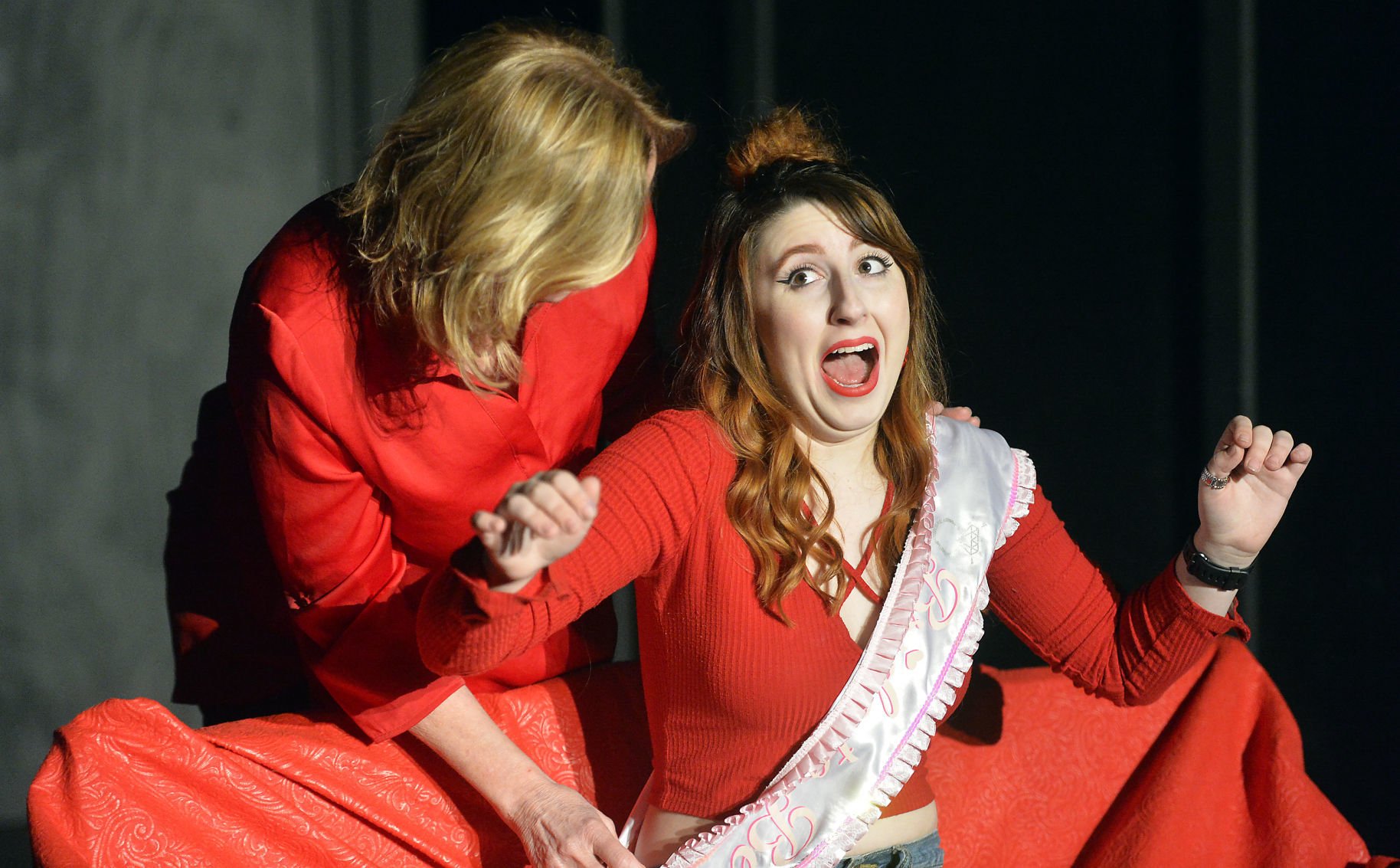


Changing an entrance, exit, or action may make a world of difference to the story that a scene tells. But how necessary are these editions? Shakespeare gives clues for action within the dialogue of his plays. Textual Variants: Embedded Stage Directions: Modern editors frequently move or insert stage directions, based on what they think readers need to know about the scene.

Rhetoric: Corrupter of Words: Feste the Clown is a famous fool - but what is it that puts him into that category? Your students will explore Feste’s wit and wordplay, discovering how he twists words to show off his quick and clever mind.The activities in this section will help you navigate these considerations in your classroom by looking at ideas of gender presentation on stage. Perspectives: Gender and Behavior: Twelfth Night is famously full of gender-bending and confused sexuality - issues which are not just politically “hot”, but which may be crucial to some of your students as they explore their own identities.Staging Directions: Twinning: In putting twins into several of his plays, Shakespeare breaks all the rules of verisimilitude and classical drama - but how important is it that stage twins actually look alike? In this activity, your students will uncover how much Viola and Sebastian reflect the theatre of the imagination that Shakespeare so loves to play with.


 0 kommentar(er)
0 kommentar(er)
